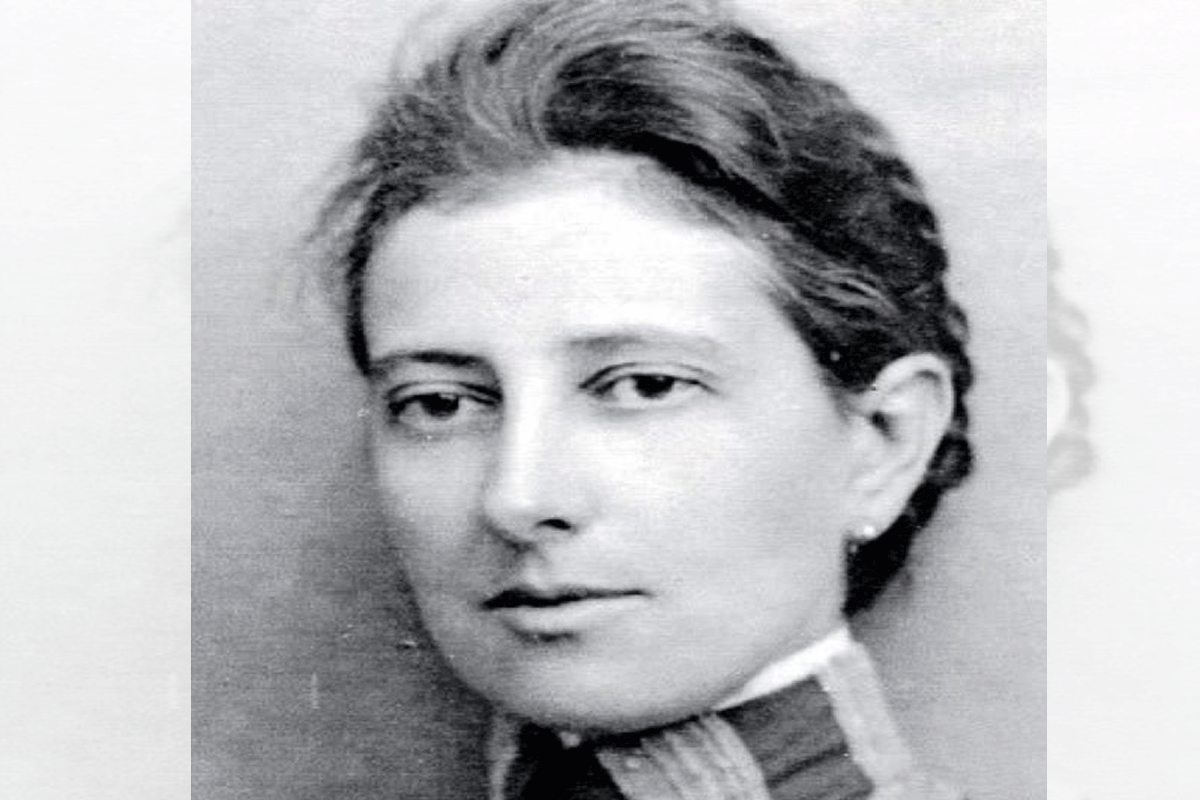
The Bizarre Death of Maude Davies
Brent Swancer October 20, 2021
Throughout history there have been those mysterious deaths that inspire discussion and debate. In the early 20th century, the 29-year-old Englishwoman Maud Frances Davies was an author and sociologist who studied at the London School of Economics. In her time this was a pretty big deal, for a woman to have reached such a high academic standing, and she was further known for her pioneering ideas on social issues, advocating the idea that society could not progress unless it was to analyze itself, warts and all. She would write many papers and manuscripts in the field of sociology, which have to this day been invaluable for providing a peek through history into the trials and tribulations of the era, but there were dark roads ahead for her. Here we get into a mysterious death surrounded by weird clues, and which has never been solved.
One of her more famous studies was carried out during the winter of 1905-1906 in her hometown of Corsley, in Wilshire, England. Here she carried out a detailed analysis of the social issues of the town, including drinking habits, incomes, labor, the raising of children, the poverty in the area, and more drinking, mostly drinking. Although she was not a complete teetotaler, she definitely had some thoughts on the drinking habits of her town, and criticized them in no uncertain terms. She often wrote of the unfettered and copious drinking among the working class, telling of “families with dirty children as a poor lot, who drink too much and don’t pay,” with many descriptions of the pub culture running rampant in the area, lamenting the way these poor people squandered their meager earnings on alcohol. She compiled this all into a book titled Life in an English Village: A Study of the History and Economic Conditions of the Parish of Cosley, in Wiltshire, and it was all frowned upon by the locals. Indeed, it caused not a little outrage in the area, and they tried their hardest to keep it from being published, in order to hide this dirty little underbelly beneath the veneer of a peaceful idyllic life, all to no avail.
 Maud Frances Davies
Maud Frances Davies
The book would eventually indeed be published, but perhaps much to the town’s delight it did so to little fanfare outside of academic circles, where it was very popular, but not among the masses. Nevertheless, it had left a bitter taste in the mouths of those of Davies’ own hometown and she certainly wasn’t welcome there anymore, drawing sneers and consternation wherever she went. She decided to move on, travelling to the French West Indies and America to study the human trafficking of prostitutes from England, and she did quite a bit of wandering the world, before in 1913 deciding to head back to England. It was from here that her journey into an odd unsolved mystery would begin.
It would later be reported that the usual cheerful and energetic Davies was unusually quiet and morose during the journey, and she made some rather odd statements. For instance, she told one travelling companion, “I hope your having been seen traveling with me and speaking to me won’t bring you any trouble,” as well as “The boat is full of spies! Haven’t you seen them?” She also often complained of a headache and feeling ill, her behavior all around seen as very uncharacteristic for her. Nevertheless, she managed to reach Liverpool on January 31, after which she requested that her travelling companion accompany her on a train ride to Euston. After this, it is unclear what happened. It is known that the two got on the train and departed, but that’s about it. All we do know is that the next time anyone would see Davies, she would be very dead under some bizarre circumstances.
 At 2 a.m. on February 2nd, railway worker was doing his rounds in a tunnel on the Metropolitan Railway between High Street Kensington and Nottinghill Gate, when he stumbled across the morbid sight of a dead body near the tracks, later identified as that of Maude Davies. The body had been decapitated, and at first it was thought of as a simple case of her being run over by a train, but the coroner’s report would turn up some odd clues. It was deduced that while she had still been alive, she had been stabbed no fewer than fifteen times in the same spot on her chest right over her heart, with what appeared to have been a long, thin object like a hatpin, although none of the wounds were serious enough to have been life threatening. Rather mysteriously, it was found that her watch had stopped at precisely 4:30 a.m., which was the estimated time of death, for reasons unknown. The waiting room at High Street Kensington was later found to have traces of blood, suggesting that she had perhaps been stabbed there, after which she had left the room and them found her way onto those tracks, where she had been hit by the train. Who had attacked her and why had she gone to those tracks? Why had her watched stopped when she died? No one knew.
At 2 a.m. on February 2nd, railway worker was doing his rounds in a tunnel on the Metropolitan Railway between High Street Kensington and Nottinghill Gate, when he stumbled across the morbid sight of a dead body near the tracks, later identified as that of Maude Davies. The body had been decapitated, and at first it was thought of as a simple case of her being run over by a train, but the coroner’s report would turn up some odd clues. It was deduced that while she had still been alive, she had been stabbed no fewer than fifteen times in the same spot on her chest right over her heart, with what appeared to have been a long, thin object like a hatpin, although none of the wounds were serious enough to have been life threatening. Rather mysteriously, it was found that her watch had stopped at precisely 4:30 a.m., which was the estimated time of death, for reasons unknown. The waiting room at High Street Kensington was later found to have traces of blood, suggesting that she had perhaps been stabbed there, after which she had left the room and them found her way onto those tracks, where she had been hit by the train. Who had attacked her and why had she gone to those tracks? Why had her watched stopped when she died? No one knew.
Authorities came to the conclusion that, since there were no signs of a struggle and all of the puncture wounds were to the same exact spot, that she had done this to herself, but this made little sense, she had certainly not been suicidal, and even if she had stabbed herself, why wander out towards the tracks? It was found that she had had health issues with her lungs, but family and friends highly doubted this could have been a catalyst for this oddness. It was suggested by those who knew her that this had been foul play, and that it had had some connection to her expose on her hometown or someone she had investigated on human trafficking, and her cryptic statements to her travel companion on the way to England seemed to support this line of reasoning, but if this was murder, then why would anyone use a hatpin to carry it out, especially since the wounds were nonlethal? Were they counting on her to go out to the tracks and be hit by a train? If this was foul play, then it was a very convoluted way to go about it. It all remains a perplexing mystery, and what happened to this woman is anyone’s guess.
MU*





















